A study of the dietary habits and hunting strategies of early humans in the Middle Paleolithic.
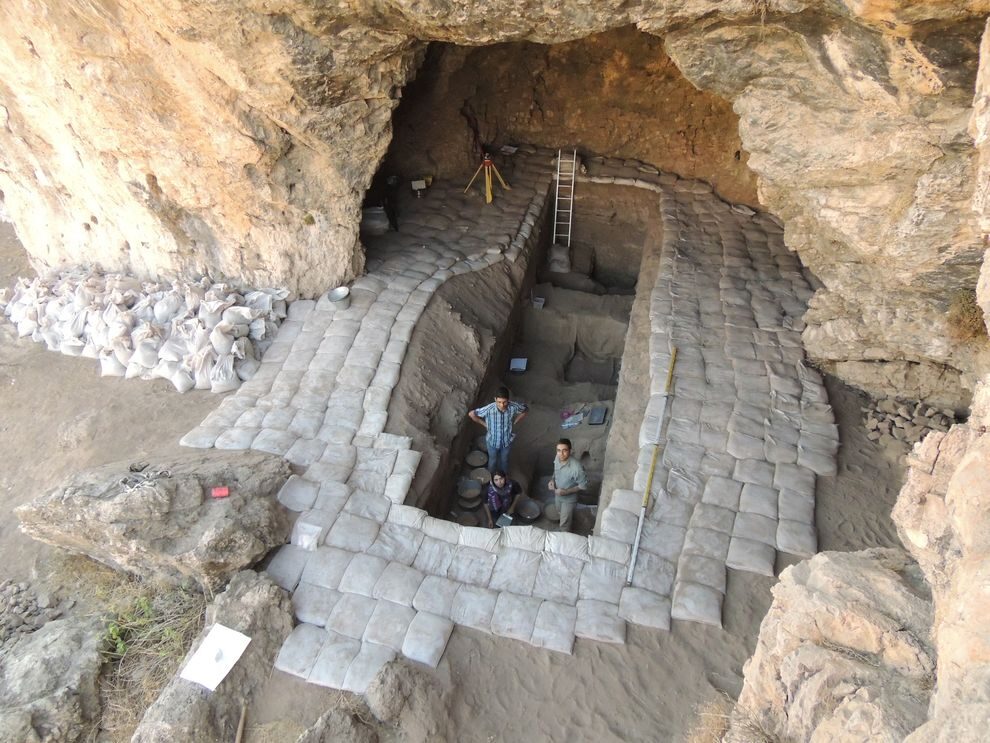
© TISARPThe roughly 81,000 to 45,000 year-old excavation site in the southern Zagros Mountains, Iran.
In a study published in the journal
Scientific Reports, researchers from the Senckenberg Centre for Human Evolution and Palaeoenvironment (SHEP) at the University of Tübingen show that early humans of the Middle Paleolithic had a
more varied diet than previously assumed. The analysis of a site in the Zagros Mountains in Iran reveals that around 81,000 to 45,000 years ago, the local
hominins hunted ungulates as well as tortoises and carnivores. Birds may also have been on the menu.As early as the Upper Paleolithic, the earliest period of the Paleolithic, the ancestors of modern humans effectively hunted small and large mammals. "According to various studies, the hominins of the subsequent Middle Paleolithic - the period between 300,000 and 45,000 years ago -
fed primarily on ungulates. However, there is increasing evidence that, at least occasionally, tortoises, birds, hares, fish, and carnivorous mammals were also on the menu of Neanderthals and their relatives," explains Mario Mata-González, first author of the new study and a doctoral student at the University of Tübingen, and he continues, "Reconstructing the dietary habits of early hominins is one of the main objectives of archeozoological studies, which shed light on the way our ancestors adapted to and interacted with different environments."
Together with other SHEP researchers, Mata-González has carried out the first comprehensive and systematic dietary analysis at a Late Pleistocene site in the southern Zagros Mountains with an age around 81,000 to 45,000 years. "Not only are the Zagros Mountains the largest mountain range in Iran, but they are also considered a key geographical region for the study of human evolution in Southwest Asia during the Middle Paleolithic, in particular due to their heterogeneous topography and great environmental diversity," he adds.
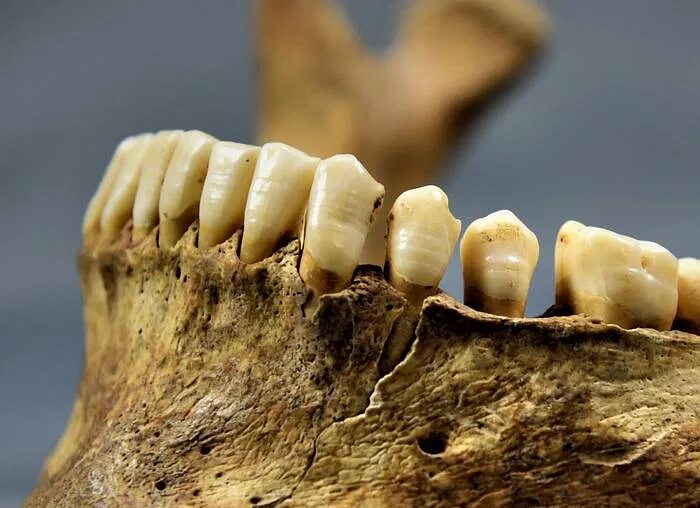
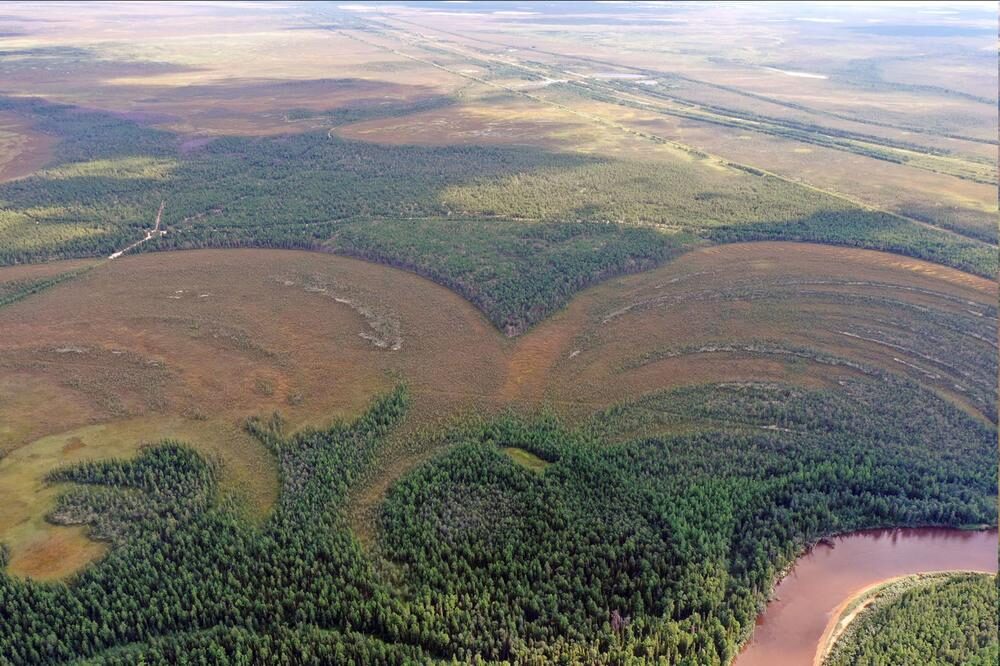
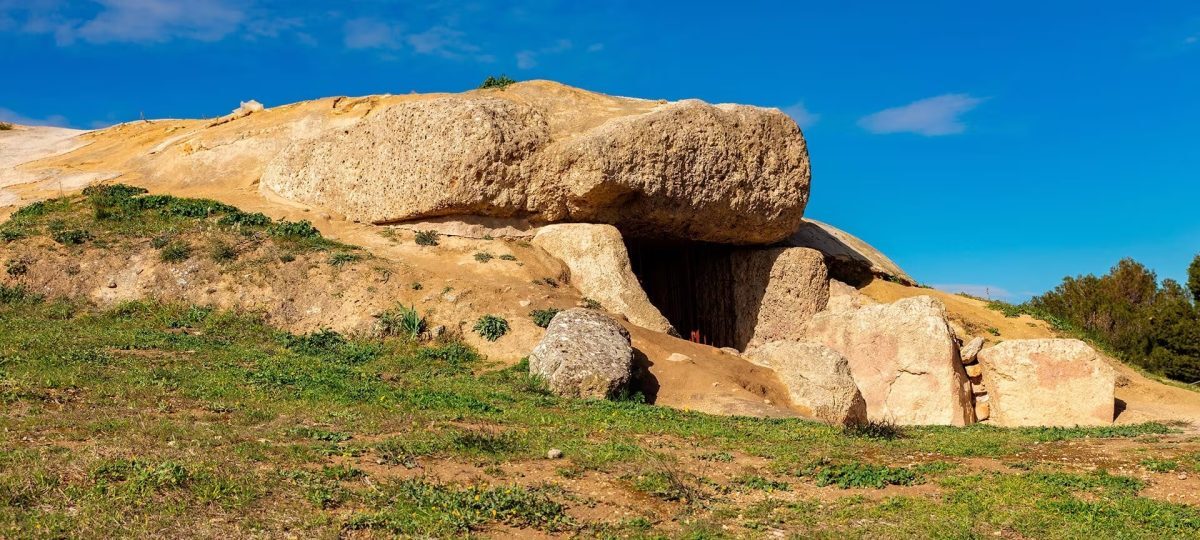

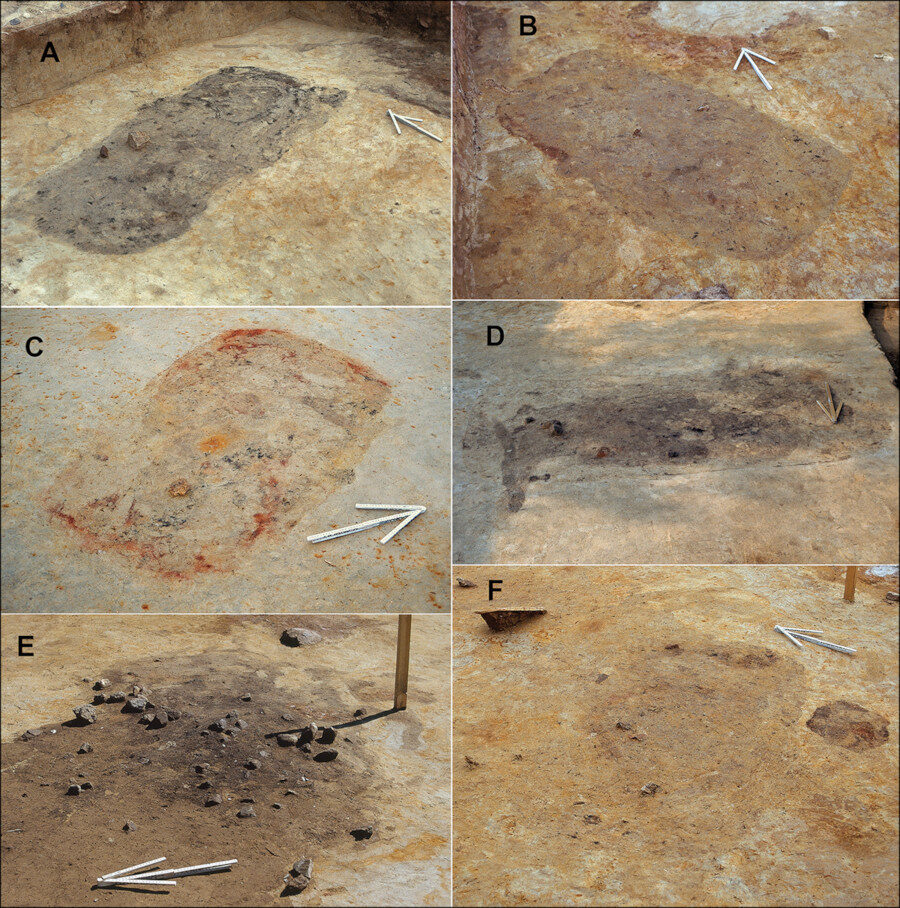
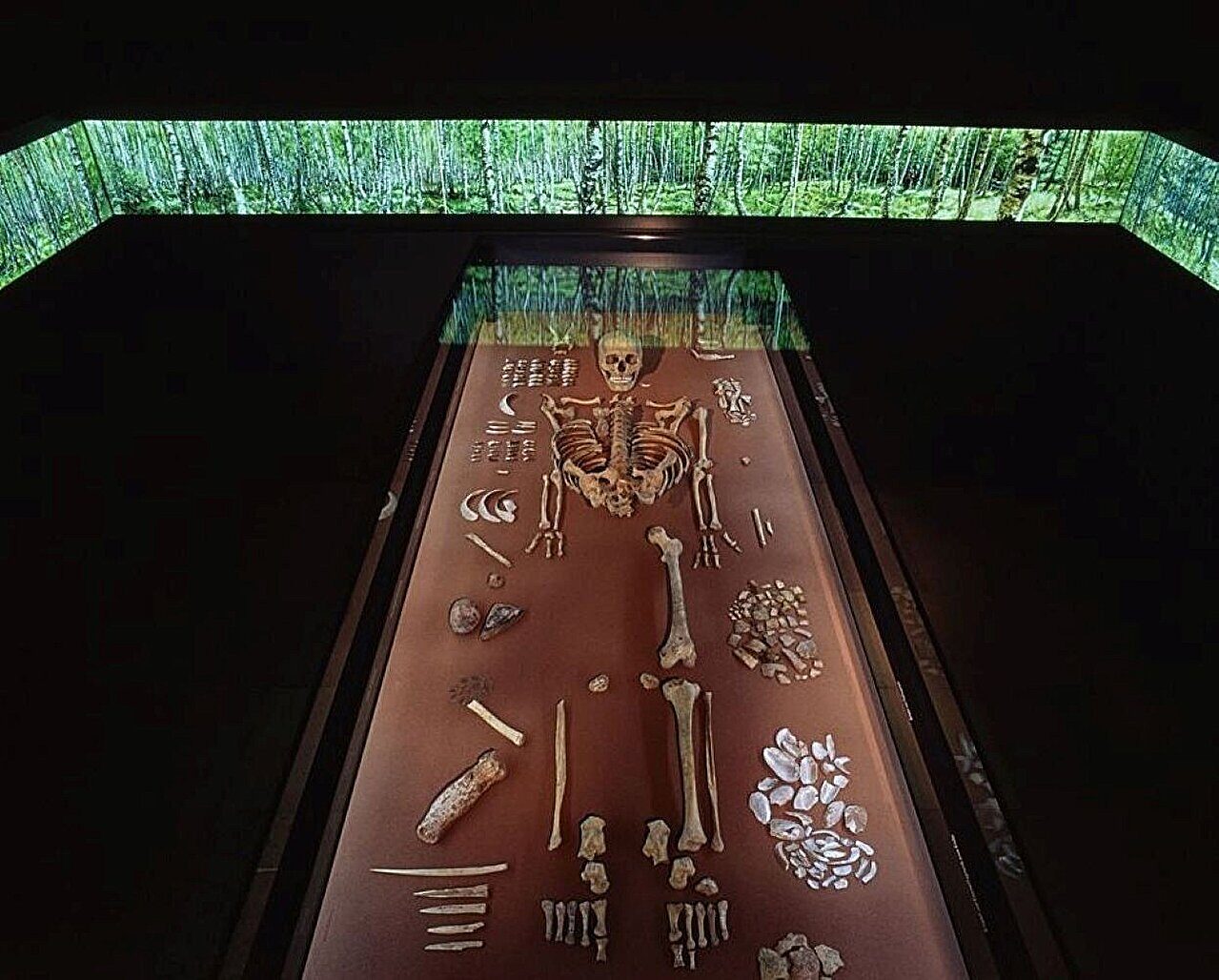
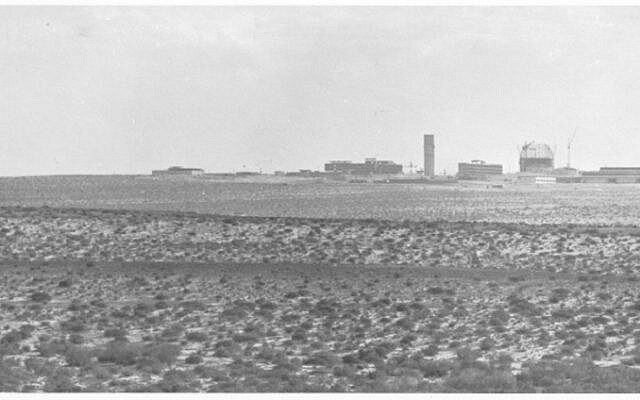






Comment: Regarding the Britons of this period, Laura Knight-Jadczyk in Meteorites, Asteroids, and Comets: Damages, Disasters, Injuries, Deaths, and Very Close Calls writes: Also, as noted on SOTT radio's Behind the Headlines: Who was Jesus? Examining the evidence that Christ may in fact have been Caesar! numerous disasters were documented across the planet: and that's just a snippet. Check out the show for all the gory details.
See also: Who were the Picts?